ASUS Eee Pad Transformer Prime GPS Issue Explained
by Anand Lal Shimpi on January 4, 2012 4:12 AM EST- Posted in
- Tablets
- Eee Pad
- Asus
- Mobile
- Transformer Prime
An Apology
Over the past couple of weeks I've received emails and tweets asking me to look into GPS performance issues with ASUS' Eee Pad Transformer Prime. By the time I got around to doing so, ASUS had already acted. ASUS removed GPS support from the Prime's spec sheet and made a public statement about it. We didn't have a ton of time during our initial review of the Eee Pad Transformer Prime, but we had more than enough time between then and our follow-up to address the GPS issues before shipments ever reached customers. Why didn't we say anything until now? Because I forgot to test GPS reception performance on the Prime.
It's not an easy thing to admit because we do spend a lot of time reviewing these devices, but GPS reception is something I missed. I was so focused on power consumption and the WiFi issues that thinking to test GPS on the Prime simply slipped my mind. Had I tested it originally we could have brought the problem to light sooner and perhaps saved everyone a lot of trouble. This is the perfect example of why we spend so much time testing nearly everything we review. Without thorough testing issues like this can go by unnoticed and the customers are the ones who end up suffering. If you read our review, bought a Transformer Prime and were frustrated by the GPS performance of the tablet, I do apologize. This is something I should have tested sooner. I can't promise we'll always catch everything, but we do try our best to catch as much as possible and we'll continue to do so in the future.
I don't believe the GPS issues on the Prime are substantial enough to warrant changing our recommendation for the product, but I have updated our review with a warning to those users who are planning on using the Prime as a GPS receiver.
Mistakes are easily made and aren't easily rectified. What follows is the explanation and analysis of the GPS performance on the Transformer Prime that should've been published weeks ago.
The GPS Issue
ASUS recently released an update that addresses GPS lock performance, however it only ensures that ephemeris (used to calculate satellite position) and almanac (details for all GPS satellites) data are downloaded over WiFi to speed up the process of determining your current position. Without network assistance, this data would have to be received from the satellites themselves at an extremely low transfer rate (50 bits per second in ideal conditions). This update does not fundamentally address the issue of GPS reception, nor is it possible to address that in software - it's a limitation of the Prime's design.
GPS signals are transmitted as high frequency radio waves (~1.5GHz for most client GPSes) from a number of orbital satellites high above the earth's surface (~20K km). GPS satellites broadcast accurate time and orbital positioning information for themselves and other satellites in the system. GPS receivers on the ground can then calculate the receiver's location using this data from a minimum of four visible satellites. More accurate location calculation is possible with more satellites but four is generally the minimum.
The data needed from the satellites isn't very large, but it's transmitted very slowly and via RF over a great distance. As we've mentioned in earlier posts, radio waves don't pass through conductors that block their path. Though stylish, aluminum enclosures are very good at blocking radio waves.
Apple obviously had to deal with this problem in the past. The original iPad and the iPad 2 are both made of aluminum, and both at a minimum have Bluetooth and WiFi antennas to deal with. The original iPad placed the WiFi antenna behind the plastic Apple logo on the rear of the tablet. Radio waves easily travel through plastic and the logo is a permanent fixture on Apple products so the design decision made sense. The iPad 2 relocates the WiFi antenna, presumably to shave precious millimeters of thickness from the center of the tablet to the bottom corner near the dock connector. Instead of a plastic RF window there's the perforated aluminum speaker grill. This isn't as desirable of a location as behind plastic, resulting in worse WiFi range out of the new iPad compared to its predecessor, but it's better than putting the antenna behind solid aluminum.
The 3G models of the iPad/iPad 2 have always included a black plastic strip behind which the cellular and GPS antennas reside. The 3G models needed this design concession in order to deliver decent cellular reception.
ASUS built the Eee Pad Transformer Prime out of aluminum, similar to the iPad/iPad 2. This departure from the original plastic Eee Pad Transformer was welcome, but brought with it the same sort of antenna challenges that Apple has had to face.
Being thinner than the iPad 2, the TF Prime presumably doesn't have the thickness to accommodate a WiFi antenna mounted in the middle of the chassis behind an RF window. Furthermore, ASUS didn't provide any such window to begin with making this point moot. There is a speaker grill similar to the one Apple included in the iPad 2, however ASUS didn't choose to locate the WiFi antenna here.
Instead ASUS included a pair of WiFi antennas (implementing antenna diversity) on either side of the front facing camera. WiFi range isn't as good as the all-plastic Transformer, but functional antenna diversity did make best case performance virtually identical in our tests.
The GPS antenna is located between the two WiFi antennas - left justified so it's closer to the main antenna. GPS in the Eee Pad Transformer is actually driven by the same Broadcom BCM4751 GPS receiver Apple used in the GSM iPad 2 and the original Eee Pad Transformer:
Despite having the same base hardware however, GPS performance is much worse on the Prime. Let's start with the best case scenario, outdoors, fairly clear skies with nothing overhead. The Transformer and Transformer Prime are side by side and we fire up GPS Test. The original Transformer determines its physical location almost immediately, the Prime is able to do so only after a period of 18 seconds. The GPS Test output from both tablets is below (ignore the time differences, the timezone on the Prime wasn't properly set):
The Prime is actually able to see more GPS satellites, but the average signal to noise ratio on the Prime is much worse than on the OG Transformer. The Prime attempts to use more GPS satellites fairly consistently, but just as consistently the Prime delivers lower positional accuracy.
Note that the screenshots above are among the worst results for the OG Transformer in this first test. If we look at the best results we see a much bigger gap between the two:
Our next test is the worst case scenario for either tablet: indoors. Both tablets are positioned inside a two-story house five feet away from an outside-facing wall with windows. This isn't a very realistic test but it does provide one of the most difficult environments for GPS reception.
Here the Prime never gets a lock. At best it sees a single satellite but it quickly disappears. The OG Transformer on the other hand sees reduced performance but it does obtain a lock:
Our final test is in a vehicle with both tablets connected to a WiFi hotspot on an iPhone 4S. This is one of the most realistic scenarios where you'd actually use the GPS functionality of a tablet.
Here the Transformer Prime took 64 seconds to determine its position via GPS. The OG Transformer did so in less than 10 seconds. Both accuracy and SNR are worse on the Transformer Prime.
Depending on the environmental conditions the Transformer Prime's GPS reception can range from slightly worse than the original Transformer to completely unusable. This is a side effect of the Prime's aluminum construction. For whatever reason ASUS decided against including a plastic RF "window" in the Prime's design that would have improved GPS reception without sacrificing the majority of the tablet's aluminum construction. If I had to guess, I'd say ASUS probably didn't view GPS reception as a significant enough feature of the Transformer Prime to warrant a design change to improve its performance. It's also worth noting that the Prime's target design competitor, the iPad 2, doesn't offer GPS support in the WiFi version. It's only in the 3G models that GPS is offered.
ASUS' resolution to the poor GPS performance of the Prime was honestly the best course of action it could have taken. Quickly redesigning the Prime to improve GPS reception isn't realistic. ASUS owned up to the problem and admitted the design impedes GPS performance. ASUS took further action by removing GPS from the list of supported features of the Transformer Prime so at least going forward customers won't be misled. The only thing that ASUS didn't do was offer a return/exchange program for those users who felt they were misled by ASUS' initially advertised specs. However, given the first shipments of the Prime went out less than 30 days ago, customers should be within their return windows for the time being.
There are obvious benefits to an all aluminum device construction, however it does present some interesting technical challenges when it comes to wireless interfaces. I have to say that Apple's solution in this case (a plastic RF window) makes a lot of sense and I hope to see something similar used in future ASUS designs.


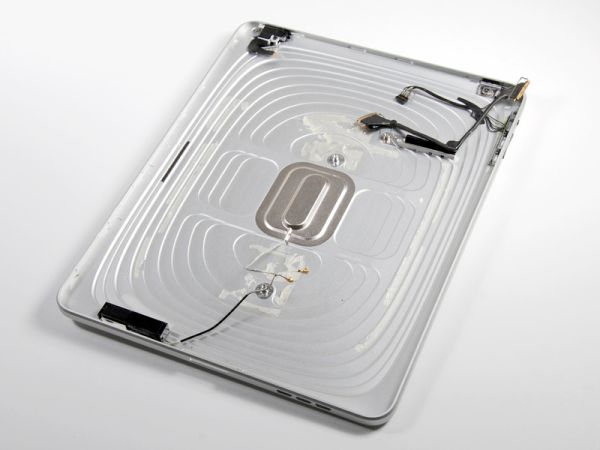
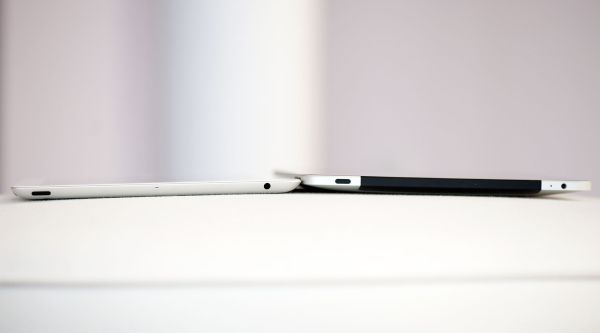

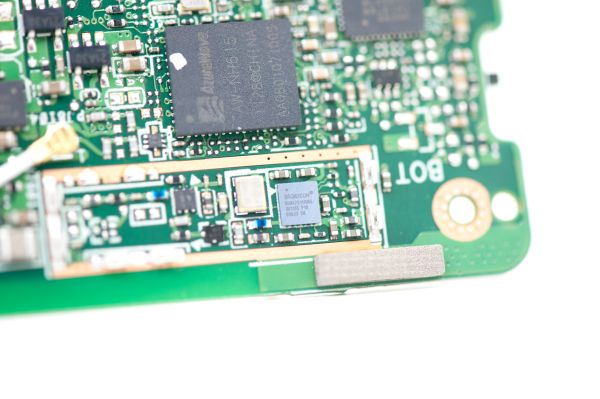
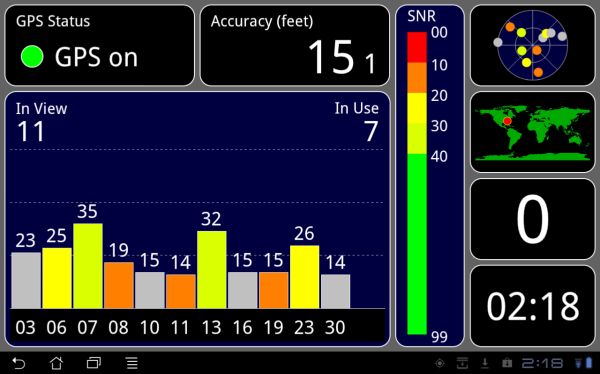
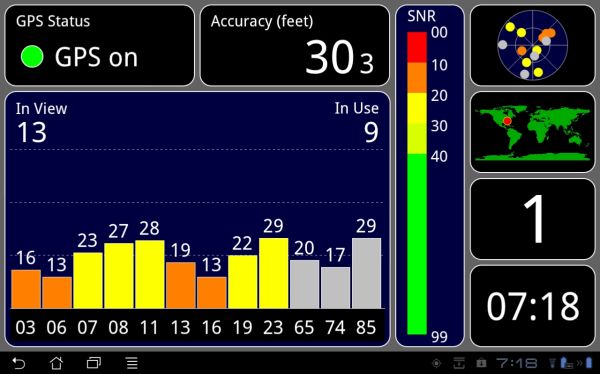
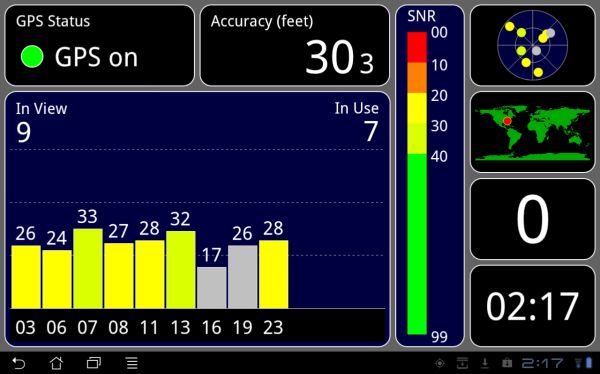
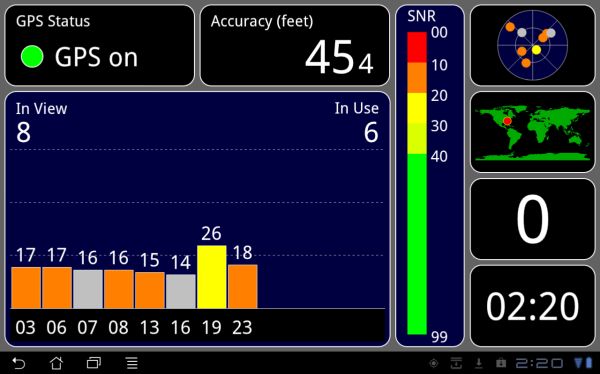
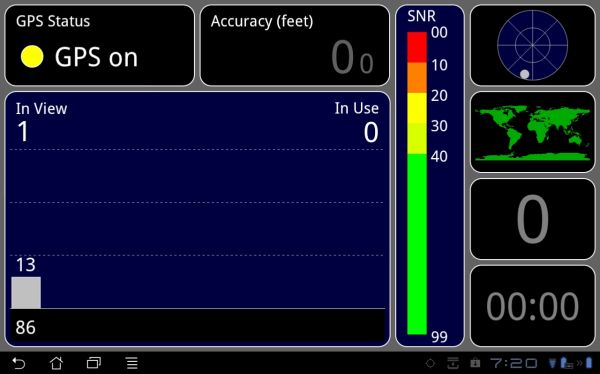
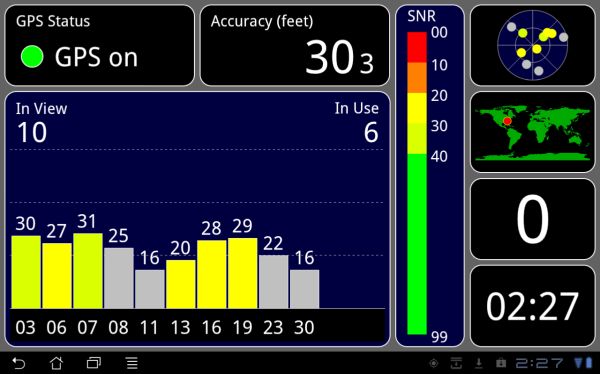
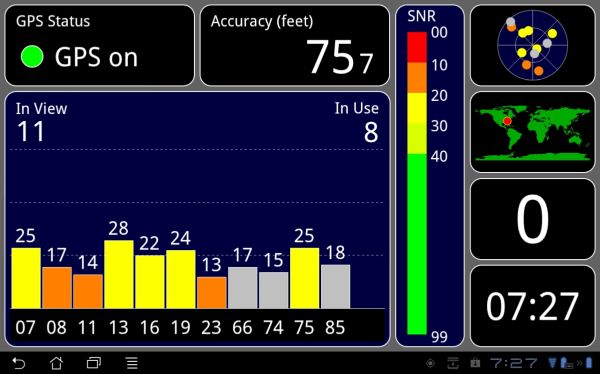








67 Comments
View All Comments
name99 - Wednesday, January 4, 2012 - link
Here's a hint: a high school knowledge of electricity does not make you an RF engineer.What is going on in the antenna characteristics is VASTLY more complicated than the simple-minded model you appear to have in mind. To take one example, in most cell phones, the PCB ground plane acts as an important resonator element in the overall radiation characteristics. And, you may have noticed, once upon a time cell antennas were whips that were 16cm long (wavelength of 900Mhz is 33cm). Then we got to stubby nubs on the end of the phone --- now not even a nub. How can this possibly work given than antennas are supposed to be half (or perhaps one quarter) wavelength?
Yes --- if you had an antenna that was 100% enclosed in an aluminum box it wouldn't work. Since no-one is selling such a device, this fact is irrelevant.
What people ARE selling are devices that have the front more-or-less transparent to RF (depending on the details of what is in the screen), along with various other gaps along the edges of the device. Given that you have to deal with the PCB ground plane anyway, you might as well make a virtue of necessity, which includes things like considering the resonant characteristics of the ENTIRE device --- and you can tune those characteristics using a metal shell.
Look, people, use some damned sense. There are MANY companies selling phones. There are MANY companies selling phones based purely on high-end specs. If using a pure plastic shell really made such a difference, don't you think at least one of these companies would be using that fact to their advantage --- telling the world "we don't follow fashion, we care about engineering and as a result our phone has a 10dB higher SINR than anyone else's"?
Nobody does this because it doesn't buy you anything.
Kindle Fire, for example, as far as I can tell is pure plastic -- but I haven't seen any reviews saying "damn, this thing has incredible WiFi range".
ASUS problem here is not that they used a metal shell; it's that they rushed a product to market and didn't do a good enough job of simulating the radiation characteristics for all the antennas.
theledman - Sunday, January 8, 2012 - link
"ASUS problem here is not that they used a metal shell; it's that they rushed a product to market "...precisely. +1As an engineer at a fairly large company, i almost always have to fight with marketing folks on certain aspects of design. If having a metal back is going to look better or allow for a design with a smaller profile and result in higher sales or a more distinguishable device in the gigantic landscape of mediocre android tablets, then I think it's a pretty simple decision for the higher ups.
It's not always about function. Form matters too. And when you swing to either end of the spectrum, there's always going to be people that object. Keep in mind the average consumer is probably not like you. They just want something that works and is easy on the eyes. Though ASUS messed up with wifi and gps, i appreciate their desire to at least try to balance form and function.
Ethereal_Gaz - Thursday, January 5, 2012 - link
When attempting to produce a device as thin and light as the latest tablets you need a strong material at low thickness. Aluminium is the goto material. If you want to use an engineering plastic, such as polycarbonate, IXEF etc then you need to add millimetres.bornclimber - Wednesday, January 4, 2012 - link
Why dont they just release an option as an update: A prime' with a polycarbonate back cover. They dont even have to change the design, just the material.That way the consumers have two options: Aluminium backcover without GPS, or polycarbonate/plastic with GPS. I would totally choose the latter.
cn4873 - Wednesday, January 4, 2012 - link
Why not add an external ant.connection for use in cars or indoors. They can sell the ant as an add on to cover the cost of the change.Death666Angel - Wednesday, January 4, 2012 - link
"The only thing that ASUS didn't do was offer a return/exchange program for those users who felt they were mislead by ASUS' initially advertised specs."Here in Germany, when a product is advertised with having a certain feature and after you buy it you find out that it doesn't (this case being even easier since the manufacturer states that it doesn't), you can cancel the purchase contract one sided and get your money back. Only problem would be if you bought it from a less than respectful source (but then, why did you spend 500 bucks there in the first place?! :D).
Cases like these make me question why people want aluminum or other metal chassis in these electronics in the first place. Metal is good if you need electrical/heat conductivity, ductility or high resistance against force. Nothing of which is essential in these kinds of handheld electronics as far as I know. Good plastic can almost always be cheaper, lighter and just as sturdy. :-)
I hope those who bought this device won't have any trouble getting their money back if they want to.
nxp3 - Wednesday, January 4, 2012 - link
Of all the reviews, I found your review to be the most thorough and I thought it was the best out of all the reviews out there. But leaving the GPS out of the test makes everything null and void. There is a lot of great things about the prime, but the GPS is an integral part of the device and the OS itself. Many services depends on the GPS working properly. Location based services, offline maps, and photo tagging. These are some of the things WE use it for. Without a proper working GPS I would not have bought the prime. I own the transformer, not a great GPS, but works well enough, that's all I ask for. Now I understand that the GPS was missed by all reviewers out there...but you don't want to be like them do you? You take pride in your work so don't mess it up again. I even register just to comment here, but you should definitely change your position on recommending the prime. We early adopters cannot return it when purchasing from GameStop so Asus needs to give alternatives for us to return it. It's like a luxury car perfect in every way except missing a steering wheel.Also, since you removed your prime, maybe you can go into more details on how to remove it safely, maybe with a few more photoes showing you pulling the front side off. And maybe recommend suggestion on how to improve the GPS reception. Not only that, you should have also tested the GPS with the back off and report if the GPS locks on faster, this way there might be a way to devise a seperate plastic back
ATOmega - Wednesday, January 4, 2012 - link
If there's one thing I tell people, never shop at GameStop.The second is.. Buy all your consumer electronics on a credit card. That way you at least have a recourse against misleading advertising.
nxp3 - Wednesday, January 4, 2012 - link
Well I normally hate GameStop too, but they were the only place that had the Prime available for pre order. I had pre ordered from amazon, and they canceled on me. I big ordeal. Preorder from a couple of other places, got canceled as well. Only GameStop had it. I guess that is the price you pay for being the first few to get it.Death666Angel - Wednesday, January 4, 2012 - link
"It's like a luxury car perfect in every way except missing a steering wheel." More like missing internet radio. Useful, but not essential to the product.Why can you not return it at GameStop? This is false advertising and GameStop seems like a big enough store so it should have decent customer service.
If he were to change his recommendation simply because of GPS, as he said in this piece, he should also withdraw recommendation for iPad Wifi since it doesn't have it. :-)